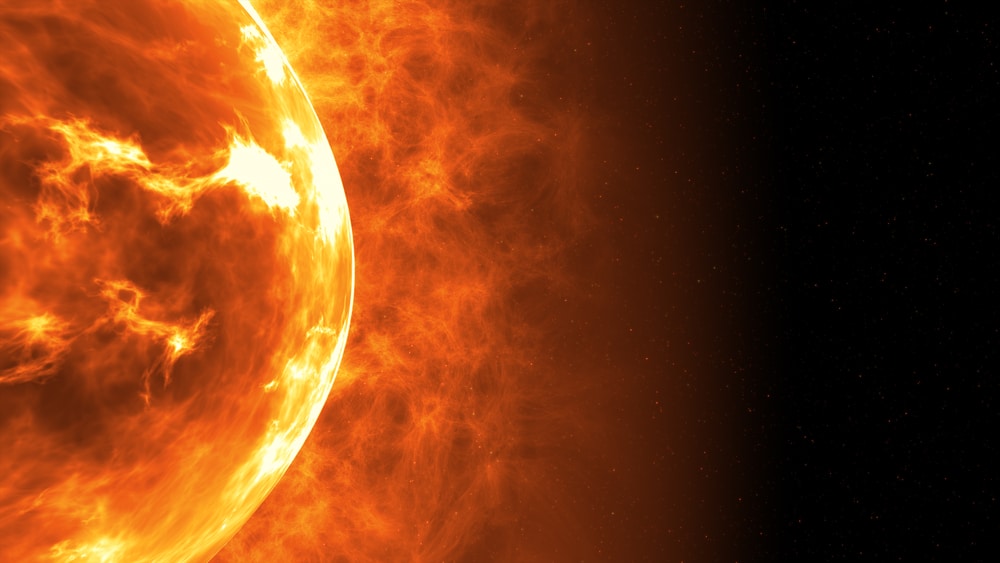An eruption on the Sun last week blasted material toward Earth, striking the third rock from the center of the solar system with debris, according to NASA.
NASA reported that a coronal mass ejection, or CME, of solar material was detected on the Sun on March 12 at about 11:30 p.m. The eruption was on the opposite side of the Sun from Earth and is relieved to have come from a former active region called AR3234.
According to more details from Fox News, Between February and early March, the active region was Earth-facing and released what NASA called, “Intense M-class flares and one powerful X-class flare.”
An M-class solar flare are considered medium-size and have the potential to cause brief radio blackouts, while X-class flares are considered major events that can trigger world-wide radio blackouts.
NASA said its Moon to Mars Space Weather Office conducted an analysis and determined the CME was moving at 1,321 miles per second, or 2,127 kilometers per second. Because of such fast speeds, NASA classified the CME with an R, for rare.
NASA said it suspects the eruption struck the Parker Solar Probe “head-on,” as it is approaching its 15th closest encounter with the Sun, coming within 5.3 million miles of it last Friday.
The day after the CME was pushed out of the Sun, the probe relayed a green beacon tone signifying it was in its nominal operation mode. Scientists are waiting for the next data download to learn more about the CME event, which NASA said will happen after the spacecraft’s close approach with the Sun.









